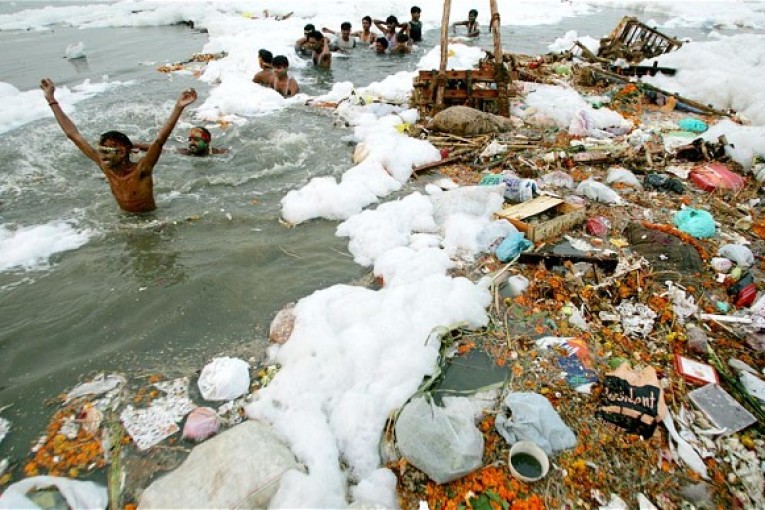
According to broad estimates, the Yamuna that flows through the national capital is little more than a drain – produces 3,800 million litres of sewage per day, the city’s 23 sewage treatment plants can process only 40% of that. The rest flows directly into the Yamuna through rainwater drains. And this is the river that provides 70% of the national capital’s drinking water. A cesspool of untreated industrial effluents, human waste and other toxic pollutants and heavy metals such as lead, cadmium and mercury. Crores have been spent on the ‘clean-up’ of the Yamuna with little or no visible impact, Currently Rs 4,000 crore project is under way to de-pollute the Yamuna’s 50 km stretch in the national capital.
Technologies for such treatment plants is steam and electricity-intensive, leading to higher green house gas emissions as India largely relies on coal for power, however, the government needs to bolster the initiative with stern policy measures and ensure this clean-up isn’t as farcical as previous clean-ups of India’s polluted rivers. Some report has mapped how the river beyond the Wazirabad barrage is in a miserable condition because of inadequate flow and pollution. The discharge from 22 major drains of the capital flows into the Yamuna, making this part one of the most polluted in the country, a recent study also shows that its waters are thick with antibiotics and household cleaners, increasing the risk of water born, skin diseases and for some instances root cause of disease like cancer also.
- The ministry of environment and the NGT must come down hard on polluting industries and build more sewage treatment plants, River-bed can be used for constructing ponds and pools which can be utilized for rain-water-harvesting, water-sports and preserving grandeur of the river Yamuna. Implementation of such a plan will help preserve and restore the flora and fauna of Yamuna which is currently fading at a faster pace.
- Yamuna should be declared as a National Heritage and a single nodal authority, instead of multiple authorities should be established to look after the maintenance, repair and cleanliness of the river.
IWF submitted a detailed report in February 2009 to the concerned authorities for cleaning up Yamuna and hence a cleaned up Delhi’s river front can be made to bloom, like the Seine in Paris or Thames in London.



